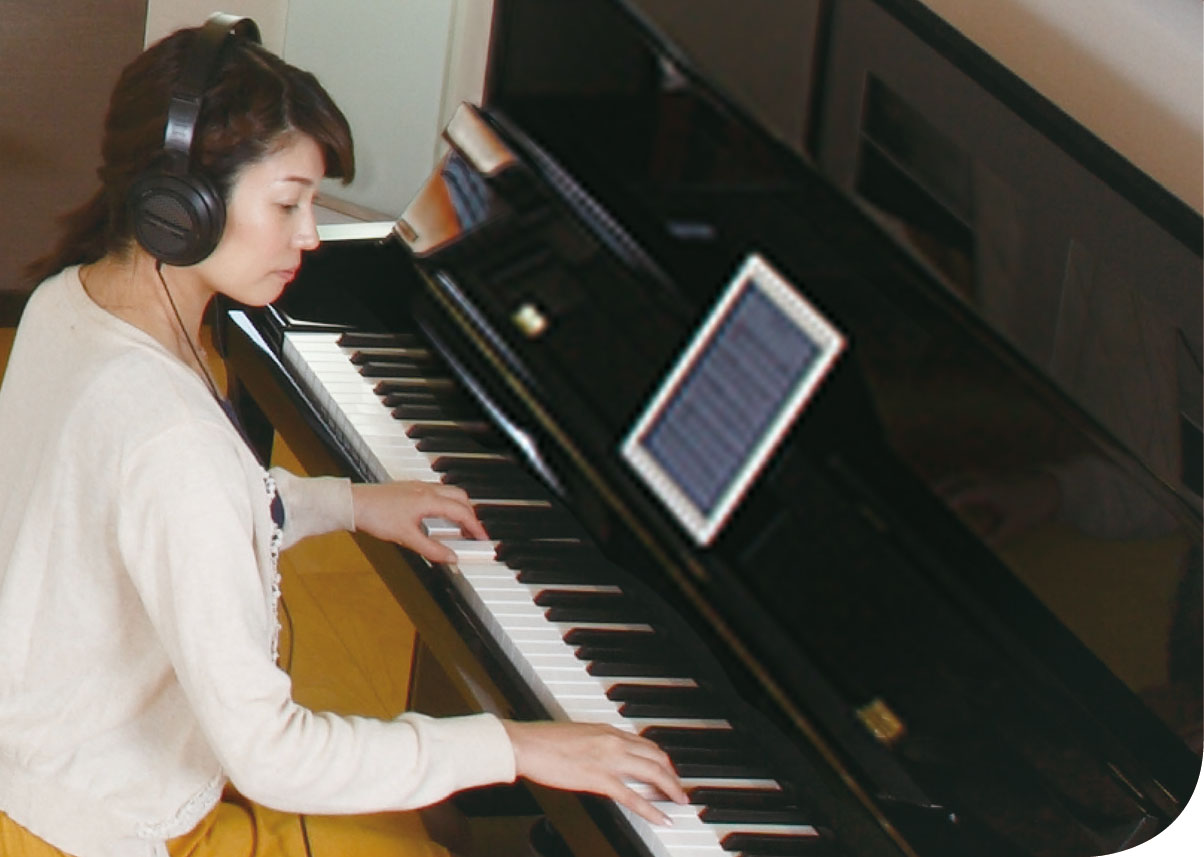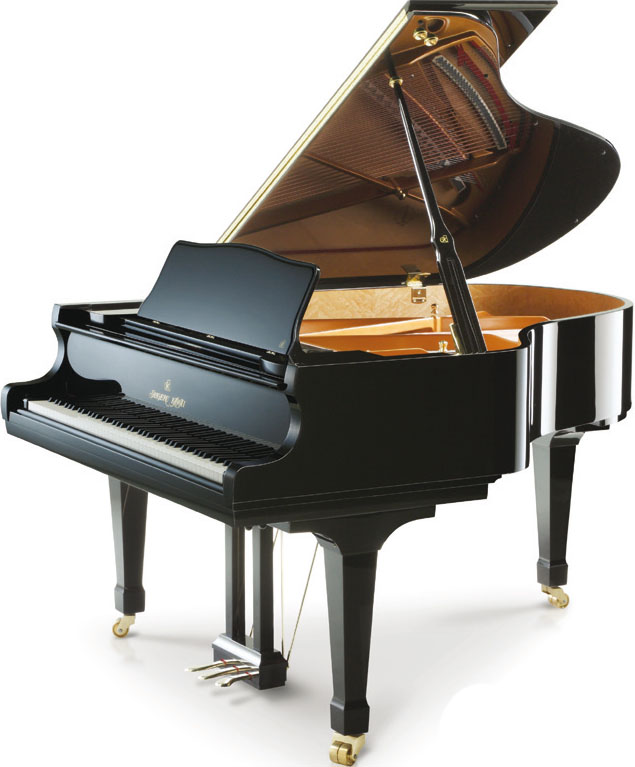
When Koichi Kawai opened his instrument-making business in 1927, he named it the Kawai Musical Instrument Research Laboratory. The scientific styling was appropriate, as although the ‘laboratory’ part of the name was later dropped, Kawai has focused on developing cutting-edge instruments and manufacturing processes ever since. The impact of the Japanese maker can be best traced through its piano and keyboards, where elements such as aluminium action rails, longer keys and soft-close fallboards have pushed Kawai to the forefront of instrument manufacturing. In fact, it was Kawai that created the industry's first digital pianos with real wooden keys and soundboards. These can now be found in teaching studios across the globe, while the concert grand pianos such as the Shigeru hold their own on any international stage.
Kawai was an apprentice to inventor and organ builder Torakusu Yamaha, who would go on to become Japan's other leading musical instrument maker. In 1955, Koichi's son Shigeru Kawai – from whom the maker's leading concert pianos take their name – took over the company and expanded the piano making facilities. By 1978, Kawai had produced an astonishing one million pianos. Shigeru's son Hirotaka was put in charge of the organisation in 1989 and the company became a world-wide enterprise.
For Nigel Walker, who has over four decades of experience as a piano technician – with 13 years spent at Kawai's UK branch – the success comes down to the manufacturer's unusual choice in materials. ‘Kawai uses a special carbon fibre in many of its pianos. The strength of this material, coupled with its lightweight nature, creates a powerful, responsive and highly accurate piano action [known as the Millennium III], giving the pianist complete control, as well as providing the piano with exceptional stability for long-term performance.’
This rigid but light-as-a-feather material is called ABS Carbon, a composite material created by the infusion of carbon fibre into Kawai's own material, referred to as ‘ABS Styran’. It makes the keyboard action more durable and less prone to performance degradation over time, while also contributing to responsiveness. This forward-thinking approach to materials can also been seen in the GX piano series, which uses a blend of different hardwoods for elements such as the inner rim, bridges and ribs; a departure from traditional piano making that generally selects a single type of wood.

AnyTime (ATX) piano
‘Kawai's Japanese heritage has allowed us to combine traditional values with modern techniques, and push the boundaries of development,’ says Walker. So far, so ‘on message’, but this isn't just marketing puff. At the Musikmesse trade fair in Frankfurt – an annual homecoming for piano and keyboard makers – most manufacturers unveil ‘new’ technology. While few truly innovate, in 2013 Kawai revealed a series of pianos that claimed to offer the same depth of tone as a concert grand – at up to two thirds the size. The GX series – an extension of the RX line – has keys that are nearly 2cm longer than the standard, with the pivot point further away from the fingers. This extended length results in a more consistent touch weight, affording the pianist greater expressive control.
Although the maker is admired for its hand-built pianos (the Shigeru Kawai SK-EX concert grand is made in very limited numbers by the most senior technicians and retails at around £125,000), Kawai also leads the way with entry-level uprights, digital pianos and the latest hybrid models. ‘Kawai has always worked closely with the education sector to support and help develop pianists of all abilities, and in 1956 established a music education programme,’ explains Walker. ‘Since then, many features in our digital and acoustic piano ranges have incorporated the needs of aspiring and advanced piano students. For example, Kawai has recently launched two new models in the digital CN Series, the CN29 and CN39; these are aimed at those starting out or returning to the piano, offering many features to help with a pianist's practice time such as internal recorders and built-in lesson books.’

SK2 piano
Kawai's AnyTime (ATX) pianos are acoustic with an in-built silent system that, when activated, stops the hammer from hitting the string. It means that pianists can practise on an acoustic instrument without disturbing family, roommates or neighbours. ‘The touch is not affected by this,’ says Walker, ‘so unlike with a completely digital instrument, the pianist does not have to adjust their technique. The hybrid part of the instrument picks up the movement of the hammer via non-contact sensors and translate that into a digital sample of the Shigeru Kawai SK-EX, which can then be heard through headphones.’ This technology then links in to other features such as different voice options, recording functionality and MIDI connection.
The most impressive aspect of Kawai's student range is the price: the K15 costs around £3k, and, while that's a considerable amount of money to spend, it is extremely good value considering the instrument has a solid spruce soundboard and Kawai's trademarked ‘exclusive Ultra-Responsive™ direct blow action’. The ABS action parts help to keep the tuning even, meaning less maintenance in the long term. Even lower maintenance are the digital and hybrid instruments. ‘Kawai pianos are great for educational settings because they are so stable,’ says Walker. The same can be said of pianos and keyboards across the range; at the top end of the educational instruments are the K500 and K600 uprights – alongside the Shigeru-Kawai grands – that are suitable for conservatoire-level performance. Italian pianist Alexander Gadjiev, winner of the ninth instalment of the Hamamatsu International Piano Competition, selected a Shigeru Kawai SK-EX for his concerto round, while British pianists Lara Melda (BBC Young Musician 2010), Warren Mailley-Smith and Ashley Fripp are all Kawai artists and advocates. The instruments may have come a long way since 1927, but, as Kawai's own motto goes, ‘Some companies fear change. Others embrace it’.




